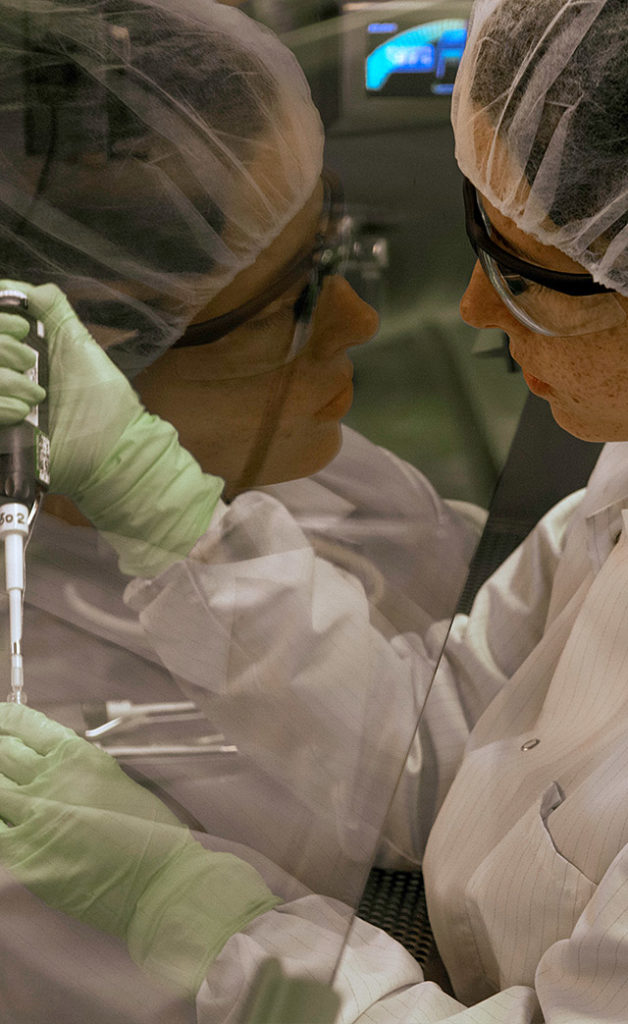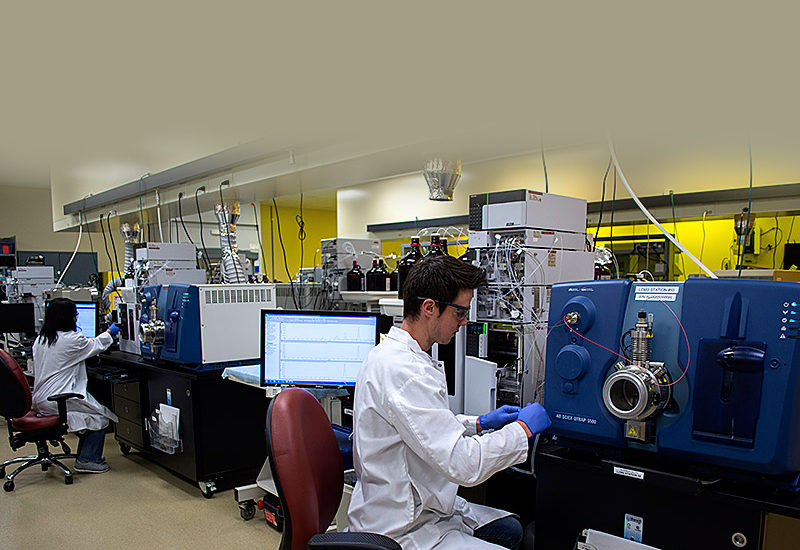
SLC (Uptake) Transporter Assay
You can now request quotes for our research services on BioIVT.com!
Whether you need a single assay or a complete ADME program, BioIVT’s experts will help design and implement the appropriate studies for your drug and research objectives. View BioIVT’s comprehensive portfolio of ADME research services.
OATPs, OCTs, OATs, and MATEs are members of the solute-linked carrier uptake transporter (SLC) superfamily and are expressed in many different epithelial membranes in the body. They function in intestinal absorption, blood-brain barrier penetration, and excretion into the bile and urine.
SLC Substrate Potential and Inhibition Assay Design
To determine if compounds are substrates of uptake transporters, their accumulation in transporter-expressing cells and control cells is measured. To determine if compounds are inhibitors of uptake transporters, the ability of the compound to block the uptake of probe substrates is measured. The test system is attachable host cells (HEK293 or S2 cells) transfected with vectors containing human transporter cDNA
We offer assays to evaluate the following types of SLC transporters:
OATPs
The two main organic anion transporting polypeptides, OATP1B1 (OATP-C, OAT2, LST-1, SLCO1B1) and OATP1B3 (OATP-8, SLCO1B3) are expressed in the liver and are involved in the distribution of drugs from the sinusoidal blood to hepatocytes. Pravastatin is a typical substrate, and rifampin is a typical inhibitor of OATP transporters. OATP2B1 is also available with the probe substrate [3H]-Estrone-3-sulfate and Erlotinib and Bromosulfophthalein as inhibitors.
OCTs
The two main members of this organic cation transporter family are OCT1 (SLCO22A1) and OCT2 (SLCO22A2), although additional OCTs are also available. OCT is mainly expressed on the sinusoidal membrane of hepatocytes and transport compounds from the blood into the liver. OCT2 is expressed on the basolateral membrane of renal proximal tubules and transport compounds from the blood into proximal tubules. Metformin is a typical substrate, and cimetidine is a typical inhibitor of OCT transporters.
OATs
Organic anion transporters, OAT1 (SLC22A6) and OAT3 (SLC22A8) are mainly expressed in the kidney and transport compounds into the proximal tubules for further excretion into urine. OAT inhibitors might inhibit the excretion of neurotransmitter metabolites and some drugs causing adverse effects. Acyclovir, cidovir, and methotrexate are substrates of OAT1; furosemide, estrone sulfate and NSAIDs are substrates of OAT3. Probenecid and novobiocin are inhibitors of both OAT1 and OAT3. Additional OATs are also available for evaluation.
MATEs
Multidrug and Toxin Extrusion 1 (MATE1/SLC47A1) and Multidrug and Toxin Extrusion 2K (MATE2K/SLC47A2) are transporters that are expressed in the renal proximal tubule and function in the secretion of cations into the urine. MATE1 is also expressed at the canalicular membrane of hepatocytes, where it is involved in biliary excretion. MATE transporters overlap in substrate specificity and work in tandem with OCT transporters. Metformin and N-methylpyridinium are common MATE substrates, and cimetidine and pyrimethamine are common MATE inhibitors.

Related Resources
For more information to guide your decision making on timing and individual transporters to assess, access our Drug Transporters Decision Tree, a poster comparing of regulatory expectations between FDA, EMA, and PMDA or our collection of transporter-related scientific content. Additional features of our drug transport study design and a chart of known clinically relevant transporter DDIs can be found on our Drug Transport Services page.

